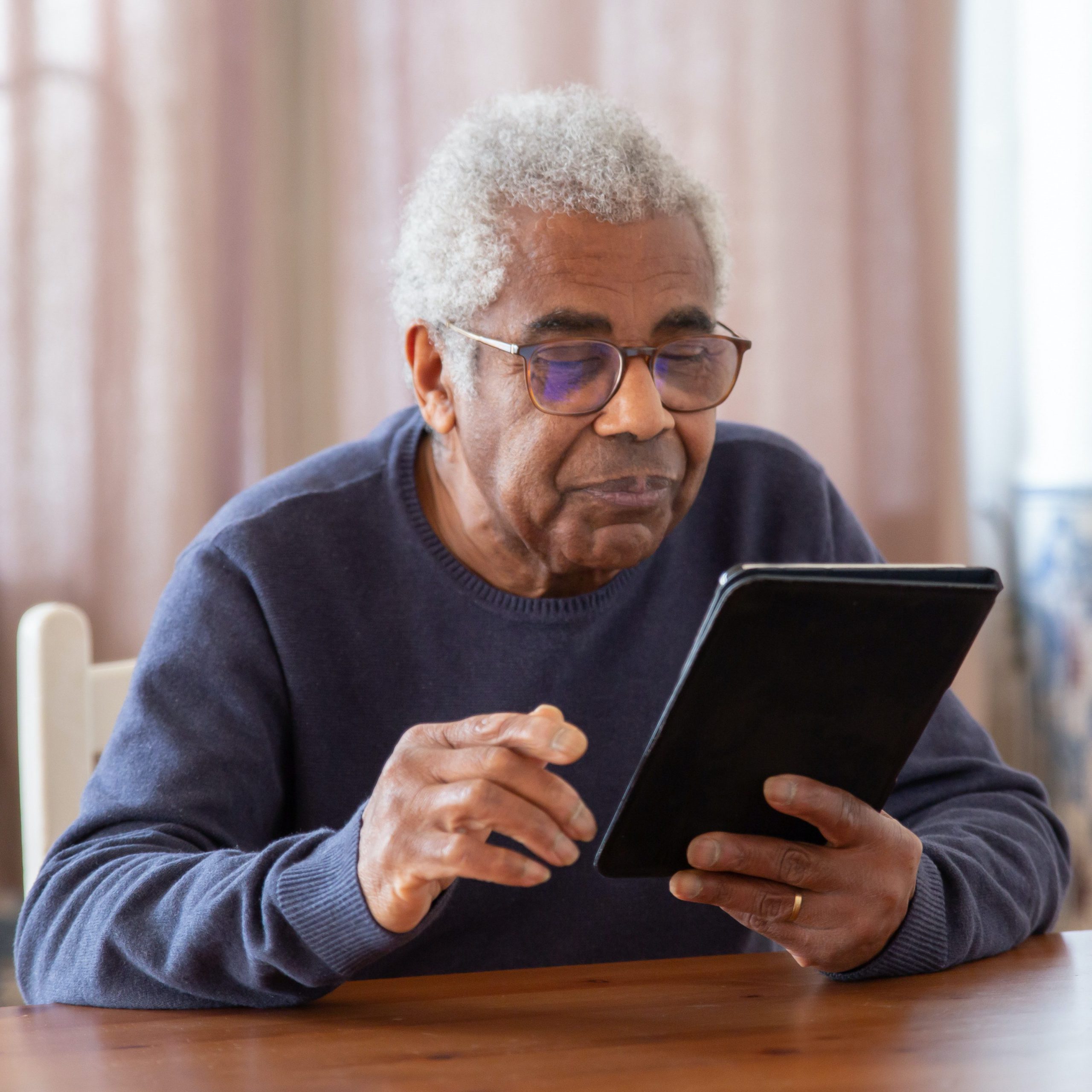There is an ongoing national discussion about systemic disadvantage due to socioeconomic and racial factors. The problem is huge and solutions equally difficult. Reasonable individuals may feel overwhelmed and choose to ignore the problem or minimize it. As physicians and medical professionals, however, we do not have the same luxury. We have an ethical obligation to identify and try to solve the gaps that lead to poor care. These include frank discussions about racism, socioeconomic disparities and extreme information asymmetry. The existing system of delivering care suffers from the same institutional biases that plague society as a whole. For this reason, it is helpful to look beyond traditional care delivery models to find solutions.
As the CEO of an unconventional healthcare company, I have seen the power that remote care can provide in connecting with patients of all walks of life and maintaining that link. Our incentives are different. Our business models are based on providing time with patients and improving aggregate health through that connection. We do not relate to patients through a series of episodic ICD and CPT codes.

Remote Care is a growing concept that has many roots. It originated with virtual visits and transformed into remote patient monitoring, connected home health, readmission reduction strategies and transitional care management. Our combined work, as an industry, is creating a powerful, parallel system of care. A system which partners with referring physicians and health systems but exists separately from it. While partially integrated into existing electronic health systems, Remote Care is developing its own unique health records and documentation tools. Catalyzed by novel and evolving time-based reimbursement codes from CMS (Medicare) and commercial payers, Remote Care is evolving to provide value and connections to patients with chronic illness excluded from traditional healthcare by SDOH (Social Determinants of Health), the pandemic or a feeling of being “lost in the system.” It also does not suffer from “episode of care” bias. This new industry is incentivized to maintain longitudinal contact with patients and follow their trends in the name of continuity of care.
The American Hospital Association Task Force on Ensuring Access in Vulnerable Communities identified a “Path Forward” in 2018 with a commitment in five areas: Access, value, partners, well-being, coordination. This was based on the fact that one in four Americans, or 77 million, have multiple chronic conditions and consume 71% of all health care dollars. Much of this is focused on vulnerable communities.
This task force created a list of characteristics and parameters to better define vulnerable communities. These include:
Characteristics of Vulnerable Communities
- Lack of access to primary care services
- Poor economy, high unemployment rates, and limited economic resources
- High rates of uninsured and underinsured patients
- Cultural differences such as social and linguistic barriers that may prevent patients from accessing care;
- Low education or health literacy levels
- Environmental challenges, which include unsafe streets, air pollution, housing instability, and minimal or no spaces for physical activity or exercise1
Of the many potential solutions discussed in the report, remote/virtual care strategies “would allow vulnerable communities, particularly those that have difficulty recruiting or retaining an adequate health care workforce, the opportunity to maintain or supplement access to health care services.” They provide the following listed benefits:
Benefits of Remote Care
- Immediate, around-the-clock access to physicians, specialists, and other health care providers that otherwise would not be available in many communities
- The ability to perform remote monitoring without requiring patients to leave their homes
- Less expensive and more convenient care options for patients

CEO Patient Premier, Inc.
At Patient Premier, our experience is consistent with these goals. Chronic Pain is a complex process that requires measurements of pain, emotional well-being and physical activity to improve quality of life and avoid harm. Remote Care has allowed us to measure and track this data. We have had aggregate improvements in mood and quality of life- which is remarkable considering our patients disproportionately fall into lower socioeconomic groups. In our informal surveys, we have learned that patients feel a greater connection with our nurses— even if they have never met in person! Unlike the uncomfortable, impersonal feeling of traditional facilities, we help create lasting connections.
We are all well versed in how the current medical system fails to achieve value. We pay too much money for the quality of care we receive. Remember that its failings magnify for those who have suffered from systemic inequality. The structure and incentives of existing institutions expand gaps in care, knowledge, resources and, ultimately health. As physicians, we have to go a step beyond. If we are to fulfill our oaths, we need to rise above complacency and/or guilt to look for solutions. We believe that the evolving remote care system will continue to grow into a big part of the solution of providing systemic value to Medicine as a whole.
